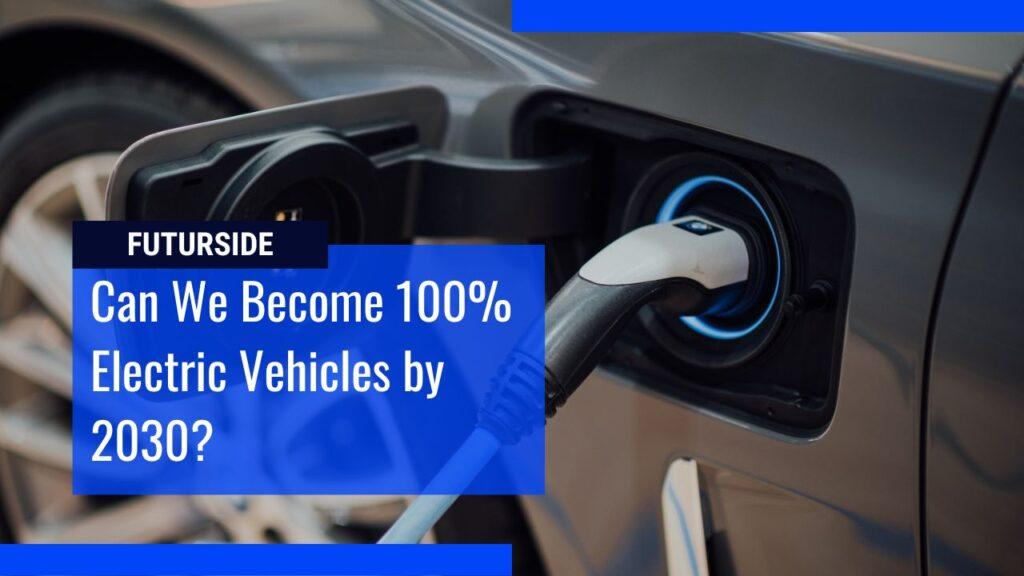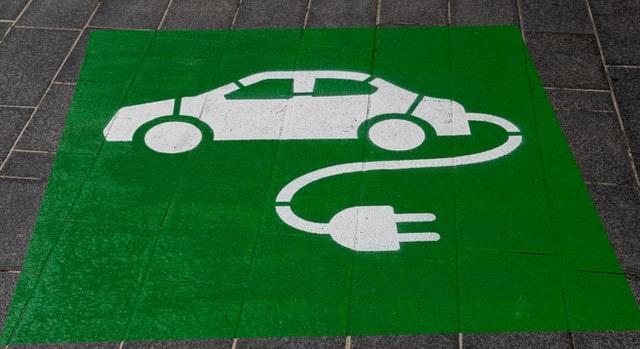Electric cars, buses, motorcycles, trucks and even ships are slowly but surely making inroads progress toward becoming mainstream vehicles in the transportation industry. China, Europe and the United States lead in electric vehicles or EVs sales. But they make up only a tiny fraction of the world’s automobiles as a whole. The Nordic countries such as Norway, Iceland and Sweden lead the EVs market share with more than 70%, 45% and 32% respectively of cars being electric.
There are an estimated 1.4 billion vehicles around the world. An estimated 74-78 million vehicles are sold each year. However, only around 6.75 million EVs were sold in 2021 which is a 108% increase as compared to 2020. It is estimated that 9.5 million units will be sold in 2022, which is only around 7.7% of the total vehicle sold per year.

Going all-electric car is a huge task. With more electric-powered vehicles, there is a need for infrastructure to charge or maintain them. Countries like the USA, China, and India are all laying out their goals for the electric-car industry, whether by constructing more charging points or reducing carbon-emission cars.
Electric vehicles are considered “green” cars because they emit zero emissions when they are being driven. However they do emit greenhouse gases, for example during the manufacturing process, for generating electricity or for disposing of them, they produce far less than typical petrol or diesel vehicle.
Aside from that, they produce fewer air pollutants as well. For this reason, many people are convinced that electric vehicles are the future of transportation. But charging infrastructure and reducing non-electric vehicles are only one part of the equation. As the electric vehicle industry grows, more resources will be required.
As of today, EVs are much more expensive than conventional petrol cars. It is estimated that the “tipping point price” for EVs, the price that will lead to mainstream adoption and eventual disruption, is $36,000. With this, the current $36,000 EVs just aren’t yet there. However, it is predicted that in the next 5 years the cost of an EV will equal the cost of a petrol-driven vehicle. At that point, it will be easy for people to switch to an EV car.

The main goal for a switch to electric transport is to reduce our carbon footprint. However, electricity is still needed to power EVs and has to be drawn somewhere. Most power plants around the world aren’t exactly pollution-free. Around 38% of the world’s electricity comes from coal and 23% from gas. These are the sources of energy that causes the most pollution.
And with more electric vehicles and charging stations being built, electricity demand will also increase. According to future projections, electric vehicles will increase global electricity consumption by 6.8% by 2040. This brings up the question of whether electric transportation systems will have a significant positive impact on the environment.
Also going all-electric raise another issue, would it be practical to build charging infrastructure in mountainous terrain. There is another problem as most EVs available on the market have a modest range. And new players entering the market have more barriers to entry, such as forming a network of suppliers for parts and sales, which limit the number of vehicles being manufactured and give traditional automakers an edge.
However, like with any disruptive technology, there’s a tipping point. There is a point in time when its path toward market dominance is a certainty. Now, electric vehicles are almost certainly a disruptive technology. It is almost certainly a technology that will with time, become dominant over its predecessor, the internal combustion car.
According to a survey, the average consumer would not even consider purchasing an electric vehicle because the technology is not yet at that tipping point. However, companies like Apple and Google’s parent company, Alphabet are entering the EVs market, which means that we might expect some surprises in technological innovations.
While EVs are not quite there yet, they’re not far and will be there in the next few years. However, there is another issue holding the trend back. Research has shown that consumers want to be able to charge their cars from empty to full in around 30 minutes and that’s the magic number for mass-market adoption.
EVs are not there yet right now, they’re too expensive, too short range and too slow to charge but they’re close. The tipping point just will not happen without widespread fast charging but widespread fast charging is just difficult because of the very way our electric grid works. In the long run, it would take decades to replace conventional cars.

People must also be willing to buy electric cars or have the financial incentive to change their cars. In response to these alarming trends, some people are calling for a nationwide ban on gas-powered vehicles. Some believe a ban would cause a serious disruption in the world economy.
While there are many obstacles to such legislation, some states have adopted one to spur their transition to electric vehicles. Washington State’s Clean Cars 2030 bill aims to phase out gas and diesel vehicles by the year 2030. The bill’s date depends on the percentage of vehicles in the state that pays for road use through vehicle miles and the percentage of zero-emission cars.
In the near term, the transition to EVs will largely be driven by governments. The European Union has proposed tough rules aimed at curbing carbon dioxide emissions that could effectively ban new cars built with an internal combustion engine after 2035. States, such as California and Massachusetts have already made it mandatory to buy new cars that use EVs by 2035.
As the electric fleet grows, a new era of recharging infrastructure will need to be developed. Public charging facilities will be needed in cities with large numbers of electric cars and for businesses that do not have a garage. Even then, a public charging station is needed for people who do not have access to a home charger.
While the public is the largest stakeholder in EVs, it is the auto industry that will benefit the most from this change. Most people’s cars are the largest capital purchase in their lives and as more drivers drive electric vehicles, their confidence will grow. At the same time, automakers will continue to push harder for more EVs to become the mainstream option. It will also take decades for gasoline-powered vehicles to reach their end of life.
And also carmakers need time to design new electric cars, clear their current inventories and complete fleet turnover, which can take up some time. In other words, a ban on non-electric vehicles could mean that half of the vehicles on the road today would need to be replaced by 2030. Which is quite difficult.

0 Comments